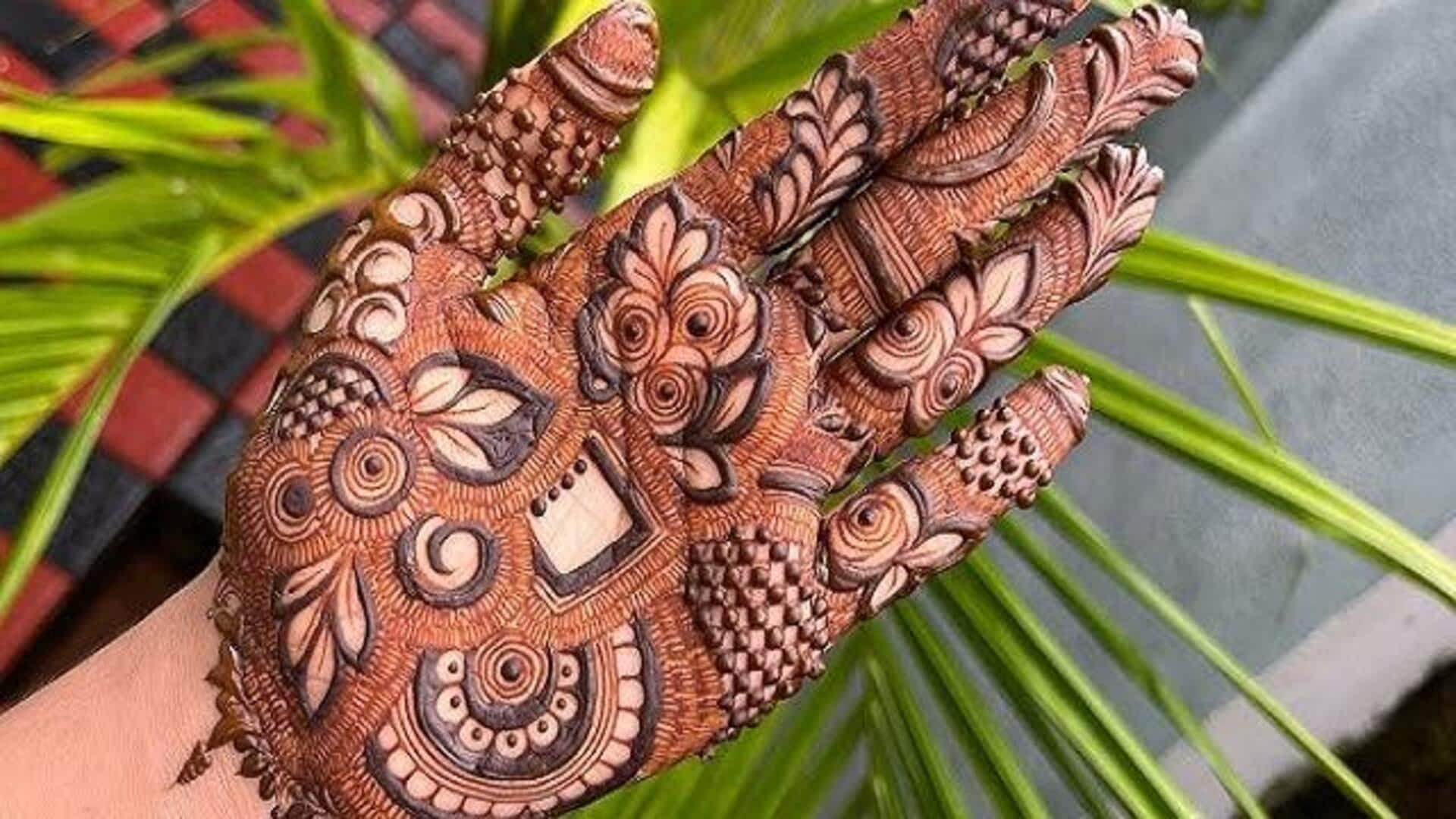
5 hidden facts about Indian henna ceremonies
What's the story
Indian henna application ceremonies are steeped in tradition, especially during weddings and festivals. These ceremonies go beyond applying intricate designs on hands and feet and include several customs that carry profound meanings. While most people know the aesthetic part of henna, there are many lesser-known facts that add layers to this beautiful tradition. Here, we take a look at five hidden aspects of Indian henna ceremonies that could surprise you.
#1
The origin of henna traditions
Henna has been a part of India for centuries, with its usage dating back to ancient times. It's said that henna was first used as a cooling agent in hot climates before it transformed into an art form. Gradually, it became an integral part of celebrations such as weddings and festivals. The practice transcended cultures and regions, each infusing their own essence into the ceremony.
#2
Symbolism behind henna designs
The designs that are applied during henna ceremonies hold deep symbolism. Common motifs range from peacocks for beauty and grace, flowers for joy and happiness, to vines for longevity and devotion. Every pattern is selected carefully to convey certain blessings or wishes for the person receiving henna. This language of symbolism adds a layer of meaning beyond just decoration.
#3
The role of henna artists
Henna artists are an integral part of these ceremonies, lending their expertise to create exquisite designs according to personal taste or cultural traditions. Many henna artists train for years to master their craft, learning different styles from across regions in India. Their mindful application guarantees that the design is not just visually stunning, but also meaningful.
#4
Traditional rituals involved in ceremonies
Further, henna application is also accompanied by traditional rituals. While they differ from region to region, they generally include music, dance, and other communal gatherings. In some communities, songs related to marriage or prosperity is sung while applying henna, as a way to bless the occasion further. These rituals add to the celebratory atmosphere around the ceremony.
Tip 5
Beliefs about henna's longevity
Most of us have heard this popular myth about how long the henna stain stays on one's skin: the darker the stain, the deeper the love between partners or blessings received during festivities. To get this darkness the natural way without chemicals, is to use quality ingredients like fresh lemon juice mixed with sugar water after it dries—an age-old trick passed through generations ensuring vibrant results every time!